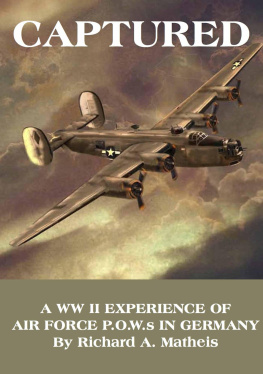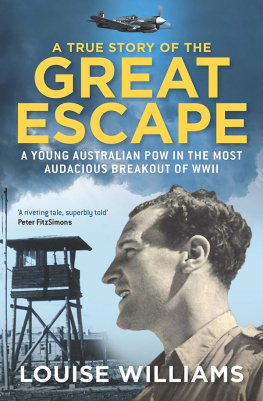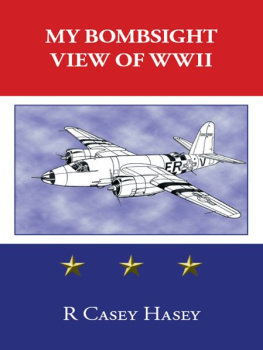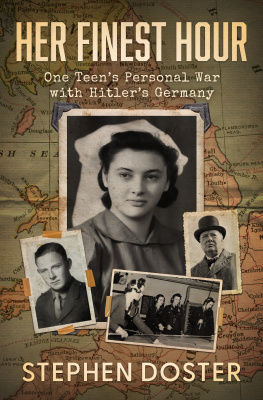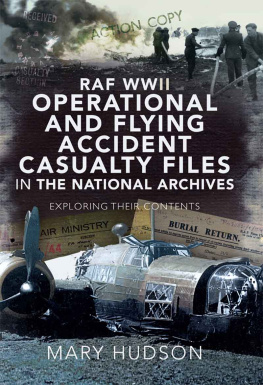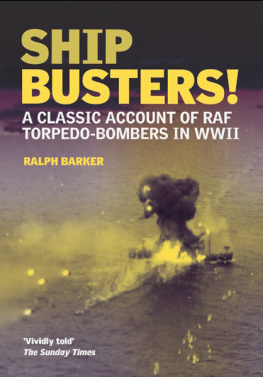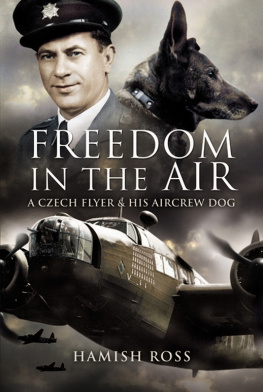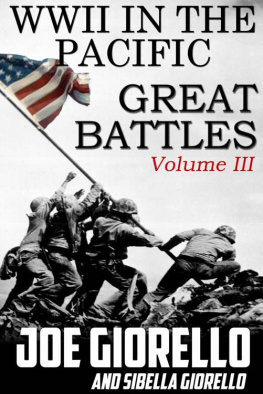CAPTURED
A WW II EXPERIENCE OF
AIR FORCE P.O.W.s IN GERMANY
By Richard A. Matheis
Published by Gene-Del Publishing Co., Inc.
www.genedel.com
U.S.A.
December, 2011
eISBN: 9781624884962
TABLE OF CONTENTS
PROLOGUE
What follows would never have gotten off the ground without the prodding, encouragement, and support of my wife, Sandra.
Then there were the contributors at wrap up time. Terri Matheis successfully suggested the books title when nothing appropriate came to my mind. Jimmy Kennedy also came through with a great name, which ended up as a title for one of the chapters.
Linn Johnston and Doris Matheis spent untold hours proofreading and editing the entire book in a most professional manner. They were invaluable.
I will always be indebted to all of them for their efforts and guidance, as should our children and grandchildren to whom this book is dedicated.
Our children are: Leslie, Linn, Terri, Michael, Scott (deceased), Todd, and Wes.
Our grandchildren are: Campbell, Mariah, Molly, Alex, Case, Cole, Holt, Hunter, Jimmy, Kevin, Michael, Ryan, Stephen, and Tommy.
July 21, 1944 - Old Buckenham Field, Attleborough, England.
Ready Room at 0500 !
It was 4:00 a.m.
We awoke with a start. The barking voice at the door of our Quonset hut was all it took.
The Ready Room was the building in which we would learn the details of the days raid.
Our four officer crew members jumped out of bed, quickly donned our flight equipment laid out the night before, and hazily headed to the door and the chow shack for the usual powdered eggs, bacon, and coffee.
This airfield is located in the Wash area, which is about sixty miles north of London. Much of the very fertile farm land was converted into a large number of air bases for the 8 th Air Force during 1942-43. The number of bases was so large that not much distance existed between them. The two nearest to Buckenham, home of our 453 rd Bomber Group, were within eight miles.
Our plane was a B-24, known as a Liberator. It carried a ten man crew - six gunners, radio operator, flight engineer, bombardier, pilot, copilot, and me (navigator and backup pilot). With the exception of the flight engineer, we were all 18-20 year olds, soon to become much older.
As we left our hut, we were quickly enveloped in thick, damp and cool air. Not unusual for the Wash area due to its low elevation and bordering on the North Sea. The question of the wisdom of departing Mother Earth under these conditions immediately came to mind, regardless of what weather conditions awaited us over Europe. Our main concern was the lack of departure visibility. Remember the proximity of the nearby airfields which would be launching their aircraft at about the same time as ours.
After a twenty-minute breakfast, and wondering when and where we would eat our next meal, we headed to the Ready Room.
The room was heavy with cigarette smoke and filled with the groups pilots, navigators, and bombardiers. All were seated with clipboards and pencils at the ready, facing the end of the room containing a podium and a curtained wall, behind which stood a map of Europe marked with the target and the planned path of flight
The tension increased as the senior officer who was to lead the group on the days mission strode up to the podium. He was our Operations Officer, Jimmy Stewart of Hollywood fame. Not a good omen. Jimmy was a great, brave and well respected leader. However, he only led the tough missions. That meant we were going to earn our keep on this one.
Stewart pulled the curtain back from left to right, uncovering our base first. As more and more of our intended flight appeared, the murmuring in the room increased. Finally the target came into view - MUNICH, Germany! A deep penetration raid involving approximately eight hours of flying over enemy territory. We also learned this was a maximum effort, meaning more than 1100 bombers plus fighters. Many of the smaller details followed.
After the completion of the briefing, we jumped into our jeeps and joined our ground crews at our hardstand (parking area). They had been working throughout the night, testing all elements of our aircraft, plus loading up its fuel, ammunition, and bombs. The crew then boarded the plane and moved into their respective positions followed by the beautiful roar of the engines as we taxied into the line for takeoff.
We quickly challenged the fog, followed by climbing in a circular fashion so as to avoid the aircraft in the nearby traffic patterns. When we finally reached the top of the overcast three miles above the airport, we witnessed a bevy of our planes popping out from the top of the clouds like popcorn. Unfortunately, of the 36 bombers launched by our group that morning only 35 appeared one had a mid-air collision with a plane from one of the neighboring airfields.
After forming up with other groups, we turned eastward towards Germany. What an awesome sight. The armada of bombers appeared to be a silver river as far as the eye could see. The picture was enhanced by the sudden creation of what is known as con trails (condensation caused by the wings of the aircrafts) as they spread throughout the vast sky.
As soon as we crossed the west coast of Belgium, the antiaircraft flack began. Deadly stuff. There were black puffs of exploding artillery shells everywhere and no way to protect oneself. At least with attacking fighter planes you could fire back.
After almost four hours of flying above solid clouds, we arrived in the vicinity of Munich. Our group was guided by the navigator in the lead aircraft, piloted by Jimmy Stewart. He had the benefit of an early and crude version of radar developed by the British. Without radar we would have not been flying that day.
The precise target was not the city itself, but rather a large and critical railroad yard in a suburb of Munich. It funneled all rail traffic of southern Germany to the rest of the country.
Due to the solid cloud layer below us, we never saw the target, nor the results of the bombs we discharged. We could only hope the bombing was accurate particularly after all we had gone through to get there!
As we turned to head home, having dropped our bomb load, the anti-aircraft fire became very intense. The black bomb bursts became extremely thick so thick it appeared as though you could walk on it.
We knew a direct hit on one of our B-24s with a German 88mm shell would most likely totally destroy it. Although most of the German firing was inaccurate, the shell bursting, triggered by altitude sensitive detonators, could still be very destructive. Their explosion sent many hundreds of steel pieces flying through the air at high velocities. These pieces were capable of slicing through the skin of the aircraft, causing all sorts of damage to the B-24, as well as the ten men manning the plane.
The gunners down below did score a hit on us. One of our engines came to a screaming halt. At the time, our group was traveling west at maximum speed to minimize the time over the heavily defended Munich area.
Down to three operating engines, we had difficulty remaining in formation. The three operating engines were pushed to their maximum power. This can only be imposed on an engine for a short time. We were well aware of that, but desperation dictated we run the risk.
Our concerns about operating on just three engines and running them hard didnt last very long. We were just about to relax and hope for the best when disaster struck again we lost a second engine. That was the bad news. The good news was we had one operating engine on each side. Two lost on the same side could have thrown us into a deadly spin.
Decision time. If we attempted to stay the course, we would have to wing it alone and would be a sure victim of German fighters who loved to demolish stragglers.
Next page
